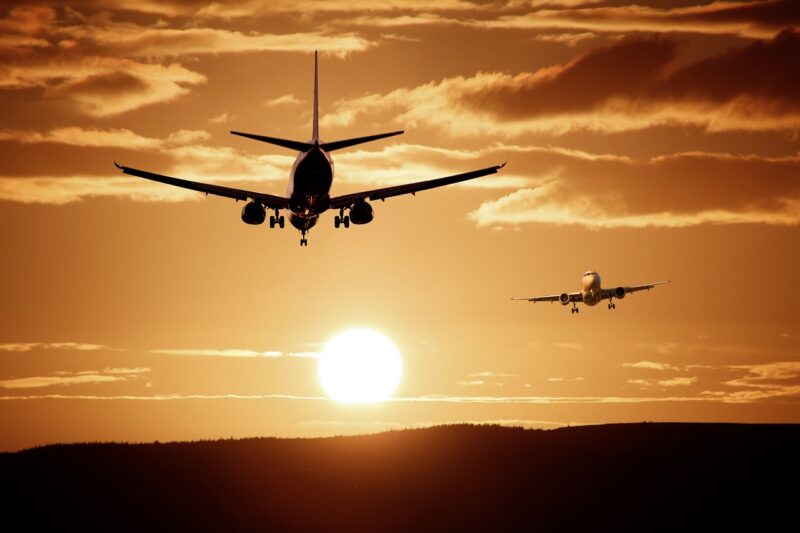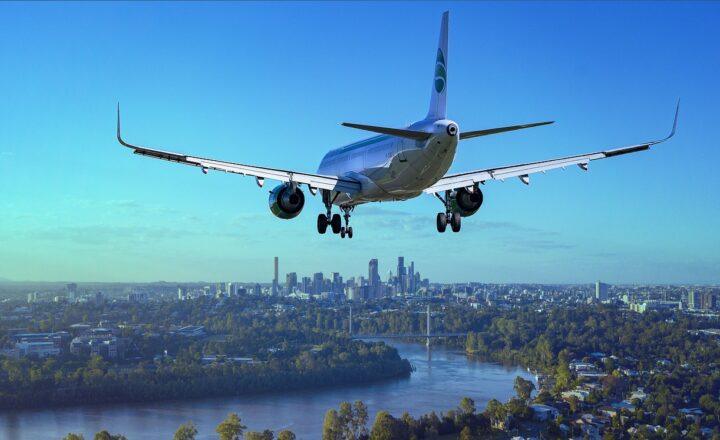
Commercial aviation has transformed the world, connecting distant lands and facilitating global exchange like never before. From the first passenger flights in the early 20th century to today’s high-tech airliners cruising at 35,000 feet, the evolution of commercial aviation is a testament to human ingenuity and engineering prowess. This article delves deep into the milestones, innovations, and the remarkable journey of commercial aviation, illustrating how it has shaped our lives and the world economy.
1. The Dawn of Commercial Aviation
The story of commercial aviation began in the early 1900s. The very first scheduled passenger service was a short flight that took off from St. Petersburg, Florida, on January 1, 1914. The airboat, operated by Benoist Airboat Company, transported just one passenger, Mr. A. R. S. P. C. L. Baker, across Tampa Bay. While the concept was rudimentary and the aircraft small, it marked a significant milestone in the history of air travel.
The advent of World War I accelerated aviation technology as nations developed faster, more robust aircraft for military applications. After the war, many pilots turned to commercial aviation, leading to the founding of several airlines, including KLM (Koninklijke Luchtvaart Maatschappij) in 1919, which is today the oldest airline still in operation.
2. The Golden Age of Aviation (1920s – 1940s)
The 1920s and 1930s heralded what is often called the Golden Age of Aviation, with advancements in aircraft design and the establishment of commercial routes across the globe. Notable developments during this period included:
- The DC-3: Introduced in 1936, the Douglas DC-3 was the first aircraft to make a profit by carrying passengers. It revolutionized air travel by making it more reliable and comfortable for travelers.
- Innovative Flight Services: Airlines began offering amenities such as onboard meals, flight attendants, and entertainment, enhancing the passenger experience.
During this time, laws and regulations governing aviation began to form. The Air Mail Act of 1925 in the United States, for instance, promoted the development of airmail services, which in turn encouraged the establishment of passenger flights.
3. Post-War Expansion (1940s – 1970s)
Following World War II, commercial aviation experienced an explosive growth. Many warplanes were repurposed for civilian use, leading to an increase in commercial flights and lower fares. The introduction of jet engines in the 1950s transformed air travel, allowing planes to fly faster and higher than ever before.
- The Boeing 707: Launched in 1958, this jet airliner marked the beginning of the jet age in commercial aviation. It was faster, could cover longer distances, and significantly reduced travel time, making air travel accessible to the masses.
- Regulation and Deregulation: The U.S. government regulated airfares and routes until the Airline Deregulation Act of 1978 allowed airlines to set their own prices and determine routes. This led to increased competition and lower airfare rates for travelers.
4. The Modern Era: Innovation and Technology (1980s – Present)
The evolution of commercial aviation did not stop with deregulation. The introduction of advanced technologies and improved safety measures have fundamentally changed the landscape of air travel in the modern era. Key developments include:
- Advanced Navigation Systems: GPS, radar, and automated systems have vastly improved the safety and efficiency of air travel.
- Fuel Efficiency and Environmental Considerations: Manufacturers like Boeing and Airbus focus on carbon reduction, producing aircraft like the Boeing 787 Dreamliner, known for its fuel-efficient engines and materials.
- The Rise of Low-Cost Carriers: Airlines like Southwest, Ryanair, and easyJet have changed the game by offering budget-friendly fares and no-frills services.
Moreover, the advent of online booking and mobile technology has made booking flights more accessible and convenient for travelers around the world.
5. Challenges in the Aviation Industry
Despite the rapid advancements and growth, the commercial aviation industry faces numerous challenges:
- Environmental Impact: The aviation industry is a significant contributor to greenhouse gas emissions, prompting calls for sustainable alternatives and eco-friendly aviation solutions.
- Pandemic Effects: The COVID-19 pandemic drastically impacted travel demand and the financial health of many airlines, leading to significant layoffs and operational changes.
- Technological Disruptions: Emerging technologies such as electric aviation and urban air mobility present both opportunities and challenges for traditional airline models.
Despite these challenges, innovation continues to be at the core of the aviation sector as airlines and manufacturers innovate to enhance safety, efficiency, and the passenger experience.
Conclusion
The evolution of commercial aviation is a remarkable story of human innovation, resilience, and adaptation. From its humble beginnings to the sophisticated networks of today, air travel has fundamentally changed how we connect with the world. The future holds exciting possibilities, particularly as the industry seeks sustainable solutions and embraces technological advancements. As we look ahead, it’s clear that commercial aviation will continue to soar to new heights, further enriching global connectivity and freedom of movement for generations to come.






